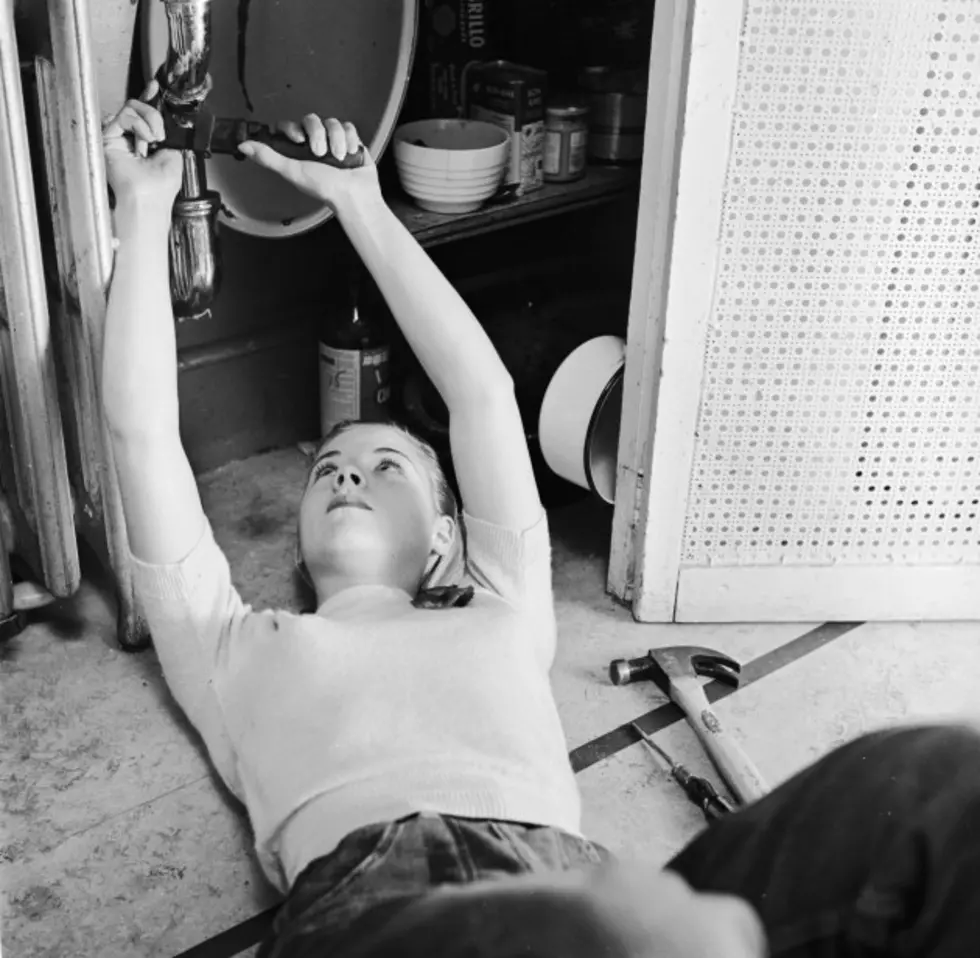
How to Keep Pipes From Freezing — It’s Cold in Tri-Cities!
Pipes in attics, crawl spaces and along outside walls are the most vulnerable to freezing. Cracks in the roof or walls -- or holes drilled for cables -- can allow freezing air to blow on pipes. Experts say uninsulated pipes can freeze at 20 degrees or below (we're way colder than that right now). Here's what to do:
- If you identify pipes that are at risk for freezing, purchase sleeves for them at a hardware store.
- Caulk known holes and cracks in walls and roof.
- Keep doors to crawl spaces open to allow warm air to circulate.
- Use extreme caution, but heating tape can be purchased and run along at-risk pipes.
- A slow drip won't prevent pipes from freezing, but will prevent bursting since it releases pressure.
- Keep the home's air temperature high during short trips.
- If you go on a long trip, drain the pipes by shutting the water off and turning all faucets on until they run dry.
[SOURCE: Weather.com]



